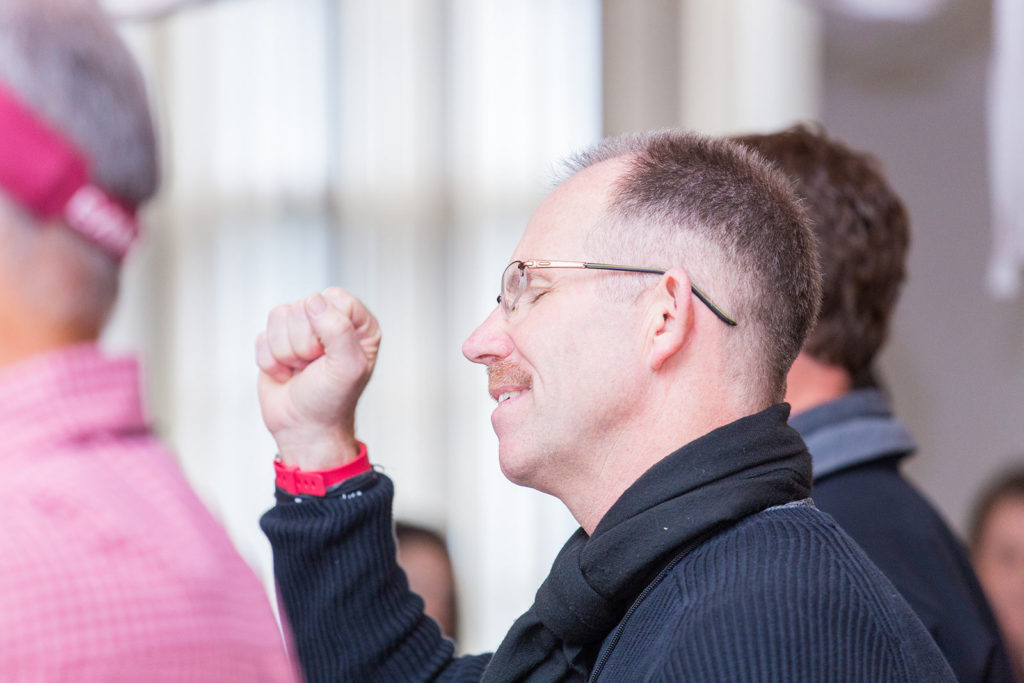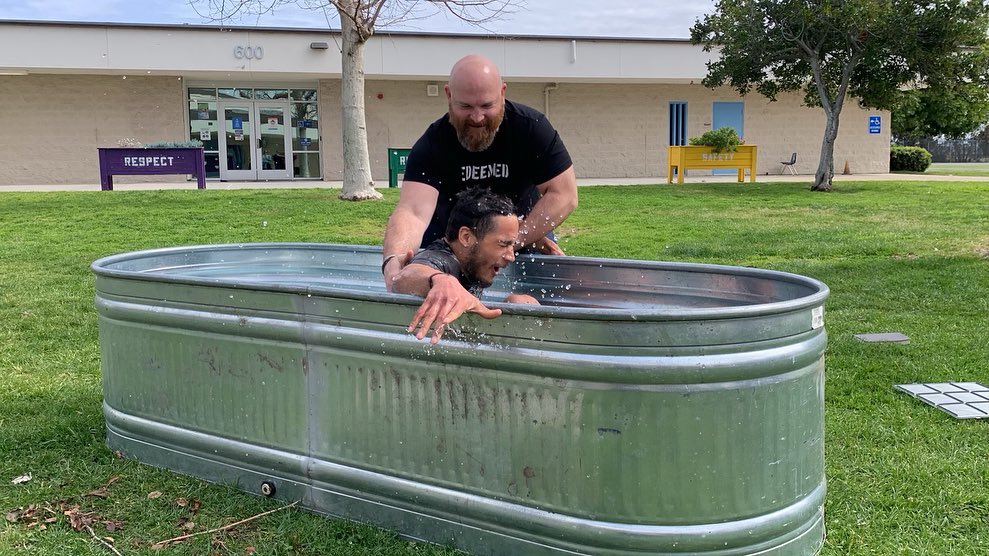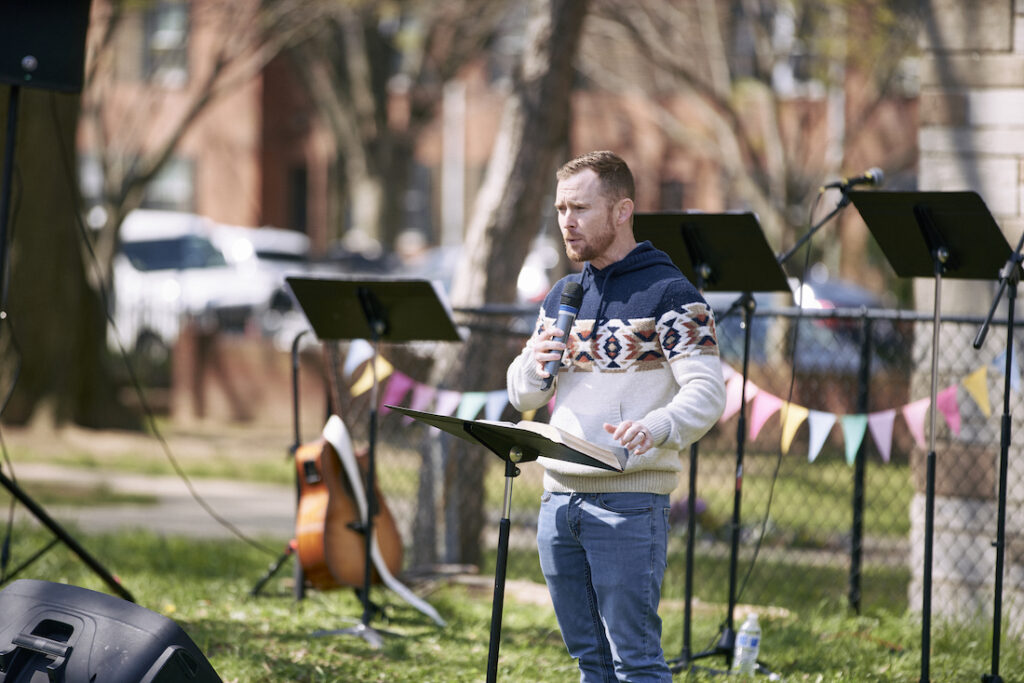In 2002, pastor and author Tim Keller published a brief article entitled “Why Plant Churches” that has since become a staple regarding the necessity of church planting. In it, he writes, “The vigorous, continual planting of new congregations is the single most crucial strategy for 1) the numerical growth of the Body of Christ in any city, and 2) the continual corporate renewal and revival of the existing churches in a city.”
His words echo the oft-quoted claim by C. Peter Wagner in his book Church Planting for a Greater Harvest: “The single most effective evangelistic methodology under heaven is planting new churches.” Dramatic population increases, the rise of the “nones,” and pervasive church closures would seem to validate this claim, but is it true?
The answer is: It depends.
Church planting is evangelistically effective only to the degree that it is evangelistically focused from the beginning.
From my observation, church planters come in two sizes:
1) Those who plant churches “FOR” evangelism,and
2) Those who plant churches “FROM” evangelism.
Church planting is evangelistically effective only to the degree that it is evangelistically focused from the beginning.
At first glance, it might seem like an incidental distinction – but when it comes to evangelistic effectiveness, it is anything but. The former, with an eye toward speedier sustainability, throw everything at gathering a strong launch team, typically comprised of the “already churched.”
While this group is usually easier to congregationalize, this association comes with some complications that are difficult to overcome. The ease with which the planter convinces churchgoers to join his ‘better thing’ often correlates with the ease with which they will become discontented and initiate another hunt for a more suitable replacement at some point in the future.It is a rare planter that can keep his original “churched” launch team beyond two years.
Further, this population often has very few meaningful relationships outside of their evangelical subculture and are skeptical that personal evangelism is achievable amid the darkness that surrounds them. Disciple-making finds very few passionate advocates.
Finally, the sustainability index which the planter so desperately pursues by farming the religious subculture often becomes a self-defeating construct – religious consumers rarely exhibit behaviors resembling great generosity.Church planting “for” evangelism can work under the right conditions of a resident religious memory and highly capable leadership, but the evangelistic effectiveness tends to trend lower.
The category of planters who start new churches “from” evangelism approach their community in an entirely different way. These planters keep their core group ratios tilted toward the constituency of their desired audience: Pre-believers. With a discipleship strategy that starts with the spiritually curious and culminates in deploying indigenous church planting teams, these leaders see a waiting harvest through the eyes of the Holy Spirit as the very substance and means for church planting.
With a discipleship strategy that starts with the spiritually curious and culminates in deploying indigenous church planting teams, these leaders see a waiting harvest through the eyes of the Holy Spirit as the very substance and means for church planting.
And just as was recorded in John 4, these spiritually thirsty, pre-believing, Samaritan-esque neighbors invite their communities to hear and see and taste and smell the good news of Jesus—well before they consider themselves ensconced in the sacred subculture. Bursts of baptisms occur as networked relationships navigate together in their journeys toward the kingdom of God.
Reports from the North American Mission Board (NAMB) suggest many church plants do just that. Last year in Canada, churches planted since 2010 account for 71% of their Canadian Convention’s baptisms. Kevin Ezell, president of NAMB, states unequivocally that “church plants baptize more people per attendee than do established churches—a 67 percent better attendee-to-baptism ratio.” New churches account for a significant percentage of evangelistic achievement in numerous jurisdictions.
However, the fact that new churches surpass established churches in conversion growth does not mean that the vast majority of church plants actually primarily grow through gospel engagement with the unconvinced. What often proports to be evangelism through church planting in North America is essentially the reassembling of the previously professing.
As long as the modus operandi of church planters leans principally into launching worship experiences, the prized raw material for such endeavors will continue to be unearthed from someone else’s labor. But for those who desire to grow spiritual fruit from their own trees, here are a few modest proposals that might move us in the right direction.
As long as the modus operandi of church planters leans principally into launching worship experiences, the prized raw material for such endeavors will continue to be unearthed from someone else’s labor.
Drive Slowly to the Weekly Gathering
Church planters often feel pressure to gather and gather quickly. Some of this pressure is self-imposed. They’ve been taught that pastoral ministry equals preaching, so they assume that they’re not actually planting a church until they have people gathering weekly to listen to their exposition.
Some of the pressure is external. Partnering churches and funding mechanisms frequently use the sole success metric of weekly worship numbers, so worship service planting becomes the accidental assignment.
But once a weekly worship gathering has begun, a whole new economy drives the would-be missionary. So slow down, engage with the unengaged, gather them into community, and wait until new conversions necessitate these new believers gather for corporate worship.
Build Teams Around Evangelistic Leaders
Church plants often prioritize the pastor-teacher, assuming that the planting pastor will be the long-term leader of the church and will primarily lead through preaching. This assumption hinders the deployment of those with evangelistic and apostolic gifts, leading many to redirect their energies to parachurch agencies or networks.
To increase the priority of evangelism in the life of the church, consider building planting teams around those with evangelistic passion and proven fruit through their gospel witness. Elevate these voices so that they can normalize evangelism and press planting teams into the places that worship services are unlikely to go.
Lead by Example
Planting teams and lead planters must model the type of evangelistic engagement they long to see from their church. Rather than assuming that intentional teaching, or worse, shame and guilt, will compel people to share their faith, leaders should build evangelism into the daily rhythms of their lives and apprentice new disciples into the type of behavior that should be normative for all.
A continual recurrence of unpretentious stories of both success and failure in evangelism will do more to inspire evangelism than the most profound homily on the Great Commission ever could.
A continual recurrence of unpretentious stories of both success and failure in evangelism will do more to inspire evangelism than the most profound homily on the Great Commission ever could.
Are church plants evangelistically effective? Statistically, when compared to existing churches, the answer is ‘yes’. Can church planting become the prevailing harvesting tool in the effort to bring the good news of Jesus to every man, woman, boy and girl in North America? Only to the degree that church planting teams focus on disciple-making as their primary assignment. Planting only worship services will never get it done.
This blog originally appeared here: https://www.christianitytoday.com/edstetzer/2018/august/how-evangelistically-effective-is-church-planting.html,
Published September 4, 2018




